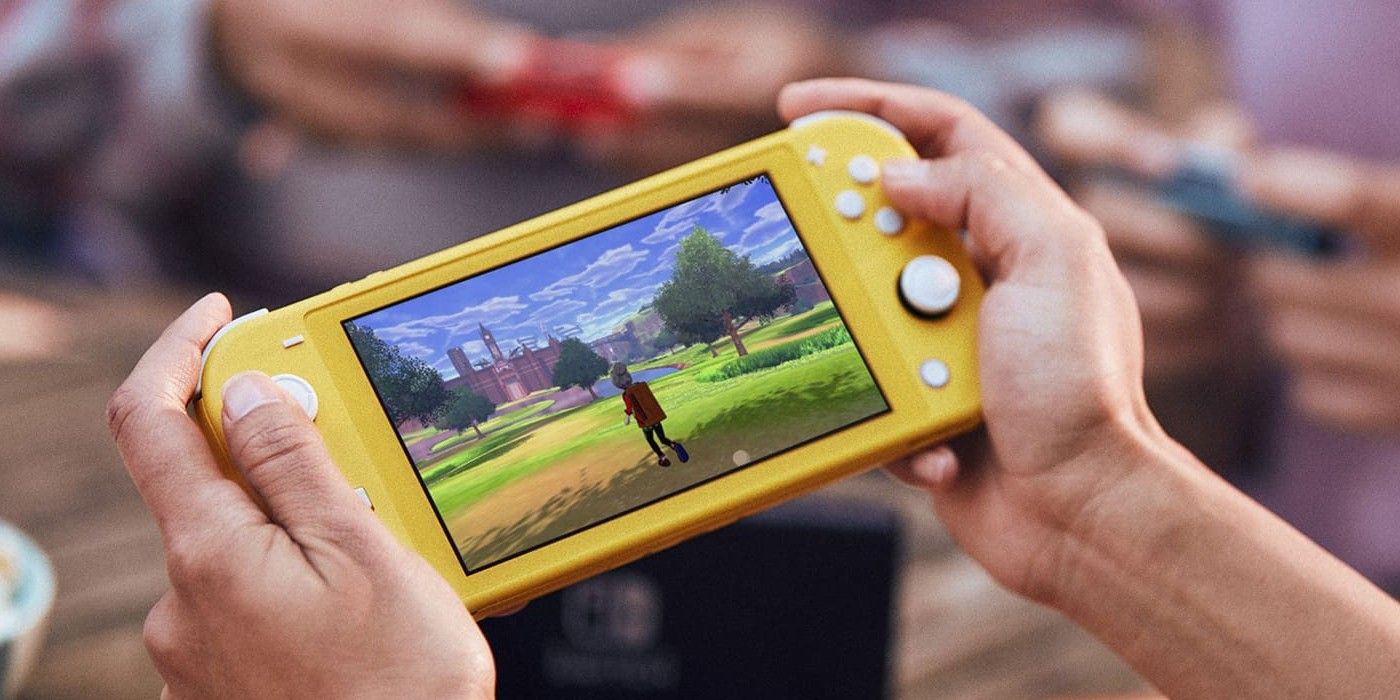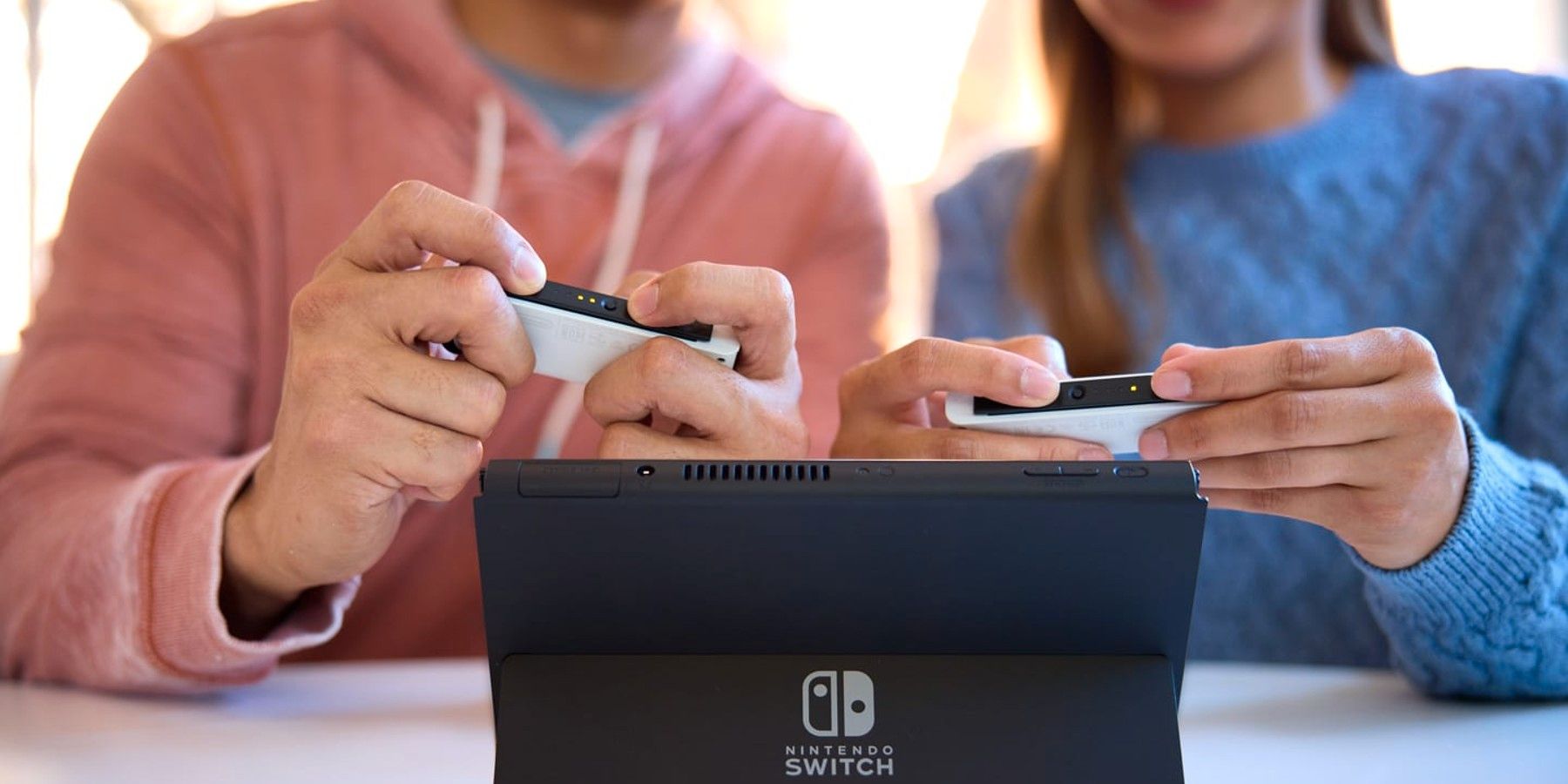When the Switch Lite was released in 2019, it was an exciting new device that gave casual and hardcore gamers alike a chance to pick up a Switch for a smaller cost than the classic model. Its design seemed great: a smaller screen meant more portability and the lack of detachable Joy-Cons meant that players wouldn't have to worry about keeping track of miscellaneous controllers. Now that it's been nearly two years since the console's release, it seems like the Switch Lite might actually be holding Nintendo and all future iterations of the Switch back.
Despite its consumer-friendly appearance, the Switch Lite actually has a lot of issues that weren't abundantly clear when it launched. The Joy-Con drift that players had been experiencing on their classic Switch controllers was still present on the Switch Lite, only the Lite isn't able to detach any of its pieces. This means that once the sticks start to drift, they're done for. It hasn't been until recently, however, that the Switch Lite has started to hold software back as well.
RELATED: Nintendo Switch Bluetooth Audio Pairing Comes at The Perfect Time for Switch OLED
Reducing the Use of Meaningful Motion Controls

Motion controls are often regarded as something of a mixed bag among gaming enthusiasts. On one hand, they're a fun way to get players on their feet and engage with games in a way that isn't through using the typical controller. On the other hand, they don't always work particularly well, but the Switch seemed like it was going to offer excellent combinations between traditional control styles and motion controls. Because the Switch Lite doesn't have detachable Joy-Cons, studios have had to make sure that there are versions of games that work with more traditional button layouts like with the HD remaster of The Legend of Zelda: Skyward Sword.
It's very important to note that allowing for button mapping, especially with motion controls, is extremely useful when looking at accessibility features. It's a good thing that games with motion controls are being given button bindings for those who aren't able to use them as traditionally intended. That said, requiring studios to make and balance essentially two different versions of their titles, one with motion controls and one with button controls, might create extra work that does not fit within a studio's budget and timeline. This could be preventing a lot of unique motion control styles from being shared, as studios might not want to go the extra mile to have motion and button controls. As such, developers could end up cutting motion controls to save time.
Pulling the Switch Away From its Initial Concept

The first announcement trailer for the Switch was truly exciting, the detachable Joy-Cons made it seem incredibly easy to meet up with a friend and share a game. It seemed like Nintendo was ushering in a new era of co-op titles, as the Switch was seemingly designed for cooperative play. Unfortunately, by bolting the Switch Lite's Joy-Cons to the system itself, the console goes entirely against that mindset, as it can only be played by one person.
Sure, two people with Switch Lites can get together and play games using the internet, but it defeats some of the original purpose for the Switch: sharing games with friends on the same screen. There's nothing inherently wrong with the Switch Lite, but it does seem to detract from what made the idea of the Switch special in the first place. In turn, it could be holding Nintendo back from publishing titles that could truly push the gaming medium forward.
MORE: Fan Made Cyberpunk 2077 Switch Lite Design Looks Amazing

